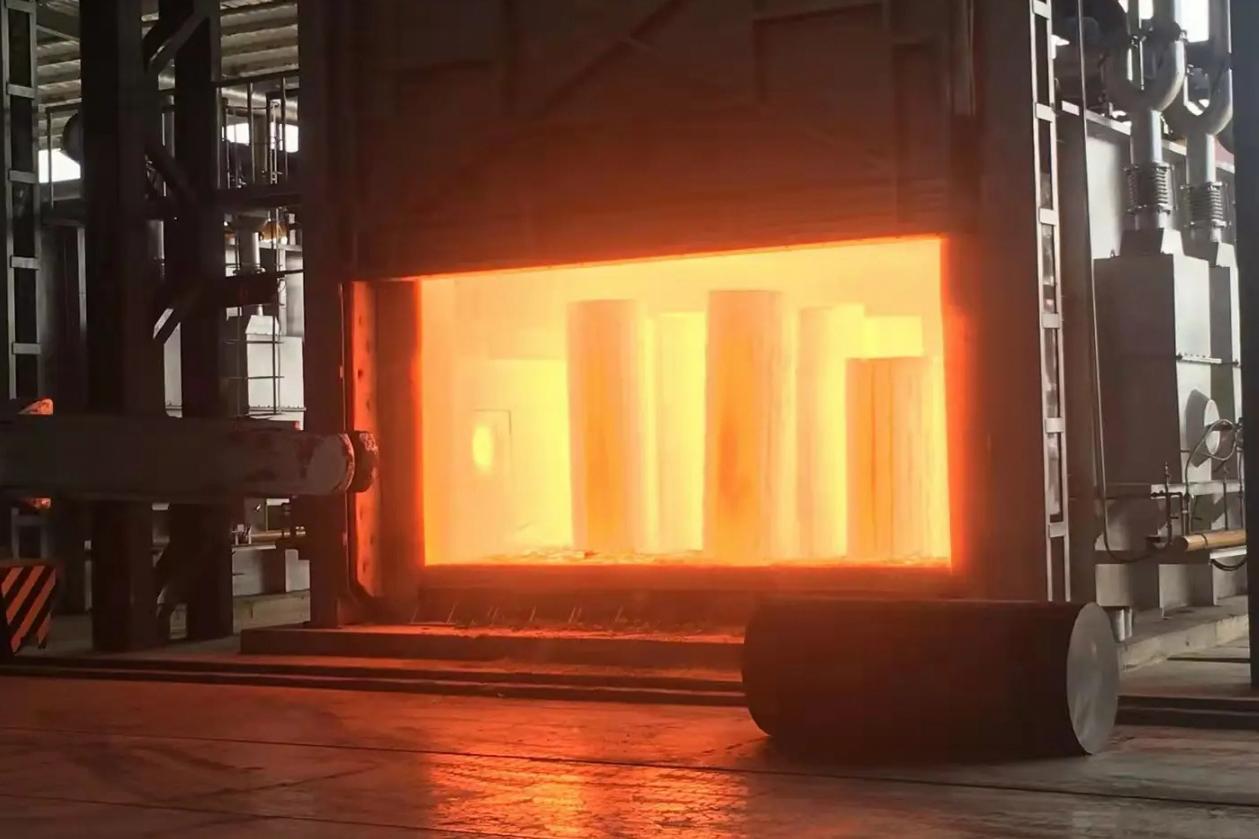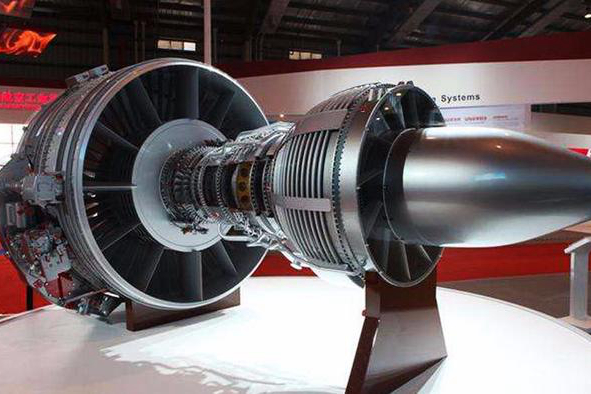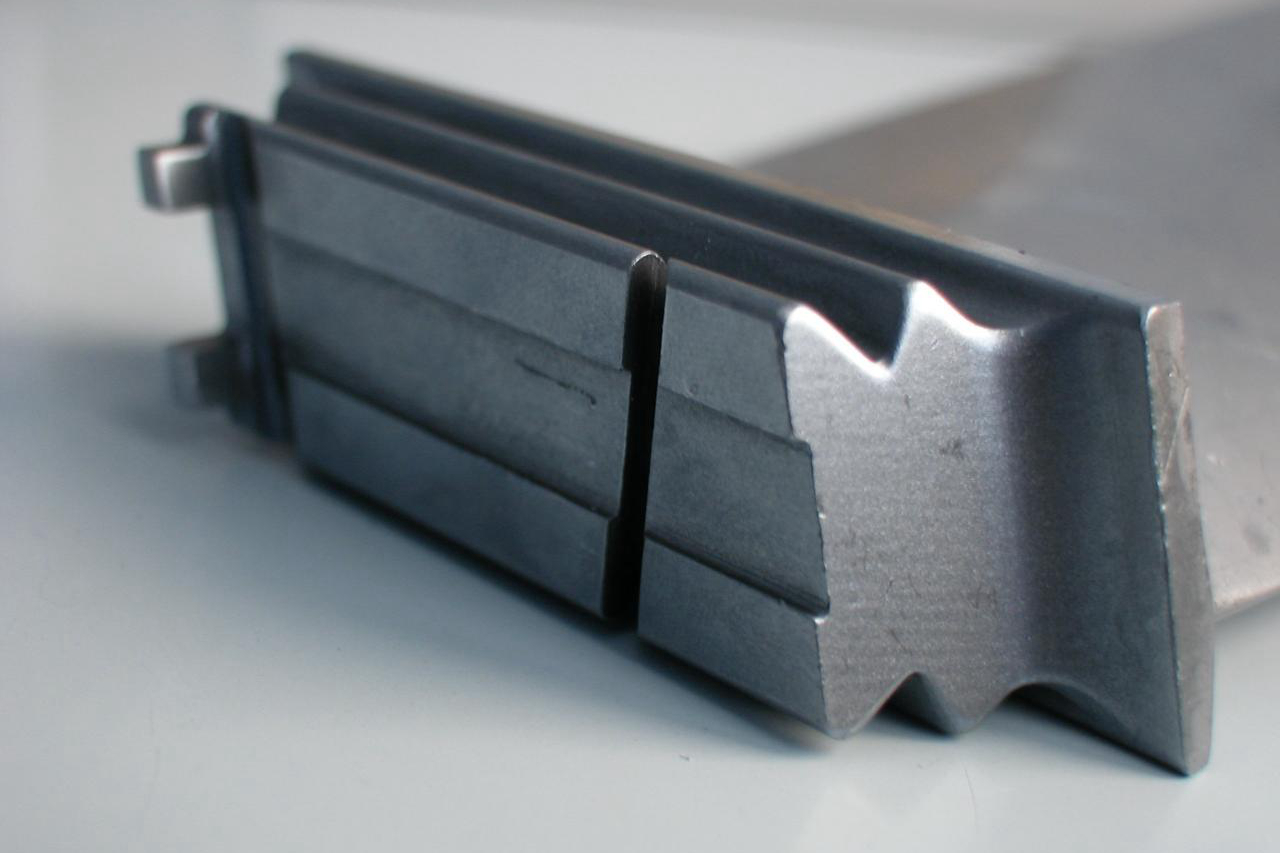Stress Relief Techniques in High-Temp Alloy Castings
Introduction to Heat Treatment
Heat treatment is an essential post-processing technique applied to superalloy components to enhance their mechanical properties, durability, and overall performance. Heat treatment can significantly improve their strength, toughness, and resistance to extreme conditions by carefully heating and cooling alloy parts in a controlled environment. This process is particularly critical in industries that rely on high-temperature alloys, such as aerospace, power generation, and chemical processing.

One of the main benefits of heat treatment in superalloy castings is stress relief, which helps reduce the residual stresses developed during the initial casting, machining, or additive manufacturing processes. These stresses can lead to warping, cracking, and even component failure under load if left unaddressed. Stress relief through heat treatment ensures that superalloy parts retain their structural integrity and perform reliably in demanding environments, extending the lifespan of components and reducing the likelihood of in-service failures.
What is Heat Treatment in Alloy Castings?
Definition and Purpose of Heat Treatment for Superalloy Castings
Heat treatment involves the controlled application of heat to superalloy castings to achieve desired mechanical and thermal properties. The process generally includes heating the part to a specific temperature, holding it at that temperature for a certain period, and then cooling it at a controlled rate. This procedure alters the internal structure of the alloy, optimizing its strength, durability, and resistance to various stressors. The entire process may vary in terms of time, temperature, and cooling speed, depending on the specific requirements of the alloy and its intended application.
Heat treatment aims to enhance the performance of superalloy parts, particularly those subjected to extreme temperatures and high mechanical loads. Heat treatment can help refine the grain structure, improve alloy homogeneity, and eliminate internal defects like microvoids and stresses, ensuring that each component has consistent, optimized properties. For high-performance applications, stress relief heat treatment is especially crucial, as it mitigates potential structural weaknesses that could emerge over time under repeated thermal and mechanical loads.
How Heat Treatment Provides Stress Relief for Superalloy Components
Stress relief heat treatment works by reducing the internal stresses within the alloy's structure, stabilizing the part, and improving its durability. Residual stresses often result from rapid cooling during casting, heavy machining, or uneven heating. Heat treatment dissipates these stresses through a carefully controlled heating and cooling cycle, minimizing the risk of deformation, cracking, or failure. By relieving stress, heat treatment also improves the alloy's fatigue resistance and ability to withstand repeated thermal cycles, which is essential in components like turbine blades, which experience extreme temperature fluctuations.
Stress relief also supports longer operational life and lower maintenance costs. Parts that have undergone effective stress relief are less likely to fail prematurely due to fatigue or stress-related fractures, making this post-processing step invaluable for components in critical systems. This stabilization process is essential for alloys used in high-stakes applications, where minor failures could result in operational shutdowns or even safety risks.
Heat Treatment Vs. Other Post-Processing Techniques
Comparison to Similar Post-Treatment Processes
While heat treatment is the primary method for stress relief in superalloy castings, several other post-processes contribute to part quality and performance. Hot Isostatic Pressing (HIP), for example, is a widely used technique that improves material properties by using high pressure and temperature to densify the part, which reduces internal voids and increases strength. However, unlike heat treatment, HIP does not directly relieve internal stress.
Thermal barrier coating (TBC) is another surface treatment that enhances high-temperature performance by protecting the alloy surface. While TBC provides oxidation and thermal damage protection, it does not penetrate the material to relieve internal stress.
Other processes, like CNC machining and deep hole drilling, can sometimes induce residual stresses due to material removal or hole formation. It underscores the importance of heat treatment as a subsequent step to stabilize these parts. In contrast, heat treatment works throughout the entire component, reaching the core to provide uniform stress relief and improve fatigue life, benefiting all areas—not just the surface or specific high-stress zones.
Benefits and Disadvantages
The primary advantage of heat treatment lies in its ability to relieve residual stresses, enhance fatigue resistance, and improve the mechanical properties throughout the part. However, one potential drawback is that it can sometimes alter part dimensions slightly due to thermal expansion and contraction, necessitating post-treatment adjustments.
HIP, conversely, increases durability and densifies the part but does not significantly relieve stress, which is critical in applications where internal stability is essential. Thermal coatings protect against surface oxidation and thermal damage, improving the alloy's surface resilience. However, their impact is limited to the surface layer, leaving the core of the part unaffected by the treatment.
Heat treatment remains the most effective method for addressing internal stress relief in superalloy castings, providing uniform stress relief and enhancing mechanical properties throughout the entire component. This comprehensive treatment approach ensures that superalloy parts achieve core stability and extended fatigue life, which is critical for high-performance applications.
What Superalloy Parts Need Heat Treatment?
Various superalloy components require heat treatment to achieve optimal performance. Below is an expanded list of common superalloy parts that benefit from stress relief heat treatment:
Vacuum Investment Castings
These castings are produced in a vacuum environment to minimize contamination and achieve superior material properties. Heat treatment relieves internal stresses and enhances fatigue resistance, making these parts ideal for high-stress applications like turbine engines and gas turbine nozzles. Stress relief in vacuum investment castings prevents warping, which is crucial when dimensional accuracy is paramount.
Single Crystal Castings
Single-crystal components, often used in turbine blades, undergo heat treatment to preserve their single-crystal structure and prevent recrystallization. Stress relief in these castings ensures stability and strength in extreme environments. Because single crystals lack grain boundaries, which can be stress concentrators, stress relief in these castings further improves creep resistance.
Equiaxed Crystal Castings
Equiaxed castings require heat treatment to enhance their isotropic properties and improve toughness. Stress relief helps these components handle cyclic loading effectively, making them suitable for components that need uniform strength in all directions, such as impellers and compressor blades.
Directional Castings
Directionally solidified castings align the grains in one direction to enhance strength along that axis. Heat treatment supports this alignment, relieves stress, and improves high-temperature performance, making these parts ideal for rotating machinery and turbine blades.
Special Alloy Castings
These castings are made from unique alloy compositions for specific environments, such as corrosive or high-temperature conditions. Heat treatment ensures that these specialized alloys retain their intended properties while minimizing residual stresses, supporting applications in marine and chemical processing environments.
Powder Metallurgy Superalloy Parts
Components produced through powder metallurgy often have microscopic pores or voids. Heat treatment densifies the structure and relieves stresses, making these parts more robust and reliable under high loads. Powder metallurgy components, like turbine discs, benefit from improved microstructure and stress relief to endure high-cycle fatigue.
Precision Forging Parts
Precision-forged parts, commonly used in aerospace and automotive industries, benefit from heat treatment to enhance mechanical properties and relieve stresses caused by forging. Components like engine shafts or structural connectors benefit from the stability provided by stress relief.
CNC Machined Superalloy Parts
After machining, residual stresses can compromise a part's structural integrity. Heat treatment relieves these stresses and improves stability, especially in complex or high-tolerance components, ensuring they meet stringent specifications without the risk of distortion or warping.
3D Printed Superalloy Components
Additive manufacturing often leaves residual stresses due to rapid cooling. Heat treatment for stress relief is essential to improve structural stability and avoid warping or cracking in printed parts. Complex shapes created through 3D printing are stabilized and improved through post-treatment.
Inspections of Superalloy Parts After Heat Treatment
Common Inspection Methods for Superalloy Parts After Heat Treatment
To ensure that heat-treated superalloy parts meet quality standards, manufacturers employ several inspection methods:
Coordinate Measuring Machine (CMM): CMMs verify dimensional accuracy and meet all tolerances.
X-Ray Inspection: X-ray inspection detects internal flaws, such as voids or inclusions, that may affect the mechanical properties.
Ultrasonic Testing: Ultrasonic waves can identify subsurface defects and potential areas of weakness.
Metallographic Microscopy: This method examines the grain structure and confirms that the microstructure meets specifications.
Tensile Testing: Mechanical testing verifies tensile strength, elongation, and yield, ensuring the component meets performance requirements.
Importance of Inspection
Inspection is crucial after heat treatment to confirm that the stress relief process has been effective without introducing new defects. Each inspection method targets specific qualities within the part, such as internal integrity, dimensional accuracy, and mechanical properties, ensuring the part can perform reliably in its intended application. Detecting defects or inconsistencies at this stage allows for corrective action before the component is deployed, reducing risks and ensuring long-term reliability.
Typical Applications and Industries of Heat Treatment
Heat Treatment Applications in Different Industries
Heat treatment is crucial across various industries where superalloys must perform under extreme conditions. Here are a few notable applications:
Aerospace: Turbine blades, combustion chambers, exhaust, and airframe components are heat-treated for improved high-temperature performance and durability.
Power Generation: Gas turbines, steam turbines, and critical components in power plants undergo heat treatment for stress relief and enhanced creep resistance.
Oil and Gas: Heat treatment is applied to high-strength superalloy parts in drilling, extraction, and processing equipment, ensuring they withstand high pressure and corrosive environments.
Marine and Chemical Processing: Corrosion-resistant superalloy components used in these industries benefit from stress relief to maximize durability and resistance to wear.
Benefits of Heat Treatment for These Applications
Heat treatment provides several benefits, including extended operational life, reduced maintenance costs, and enhanced safety. In aerospace applications, for example, heat-treated components exhibit increased resistance to thermal fatigue, making them suitable for continuous operation under high heat. In the power generation industry, the improved creep resistance of turbine parts helps them endure high-temperature operations over long periods. It translates into fewer part replacements, minimized downtime, and significant cost savings.
Heat Treatment FAQs
What are the main types of heat treatment processes used in superalloy casting?
How does heat treatment prevent cracking in high-temperature applications?
What inspection methods are commonly used after heat treatment?
How long does a typical stress relief heat treatment cycle take?
What is the difference between heat treatment and hot isostatic pressing?



